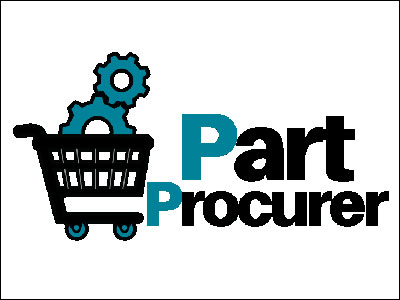Since we did research on “The Squeeze” for a speech on the the squeeze in aerosapce (meaning, how does the supplier in the middle between the Tier 1 suppliers who supply final assembly parts for an airplane and the powerhouse mills survive, or preferably thrive), we have been thinking a lot about the supplier relationship. Coincidently, we also heard a lot on this topic at the Association for Supply Chain Management (ASCM/ APICS) international conference as it is a hot topic across all industries. There was an almost identical discussion occurring with retail and the consumer goods industry. Last but not least, all of our clients are seeing the relevance of this topic.
What is the “right” answer? Of course, it depends!
To manage “the squeeze”, one of the keys is to create partnerships with your key suppliers. The rest can be vendors since they are not core or significant to your success. However, your key suppliers must be partners and collaborators. For example, one of the best ways to handle the middle position in the aerospace world is to bring your customers and their demand together when your suppliers and their capabilities. Here are a few ideas that all depend on being a partner:
- Collaborate with suppliers on new ideas / design concepts to reduce materials and waste for you AND up your supply chain.
- Become a partner of your customer and gain access to demand information as it becomes available and help translate that into a benefit for your customer, you and your supplier.
- Leverage pricing and volume across the supply chain for a win-win-win.
Although these ideas relate to aerospace, the same concept applies with every client. When I was VP of Operations and Supply Chain for an absorbent products manufacturer, we used these same concepts to find win-win-win solutions in your supply chain. We partnered with key vendors to redesign materials (that performed better at a lower cost), redesign packaging, reduce waste in our manufacturing process which required teaks and collaboration with both material and equipment suppliers and more. By following a partnership route instead of the “vendor” negotiation/ beat up on price route, we turned our situation around from bad to good.
We found private equity backers who wanted profitable growth; however, soon after, the market changed and oil and gas prices were continually rising which significantly impacted our material costs (and were unavoidable) yet our private equity investors still expected the same profit improvements as before. Our business was also heavy in transportation cost since the product was bulky which was also an issue with rising oil and gas prices. Thus we collaborated with customers, material suppliers and freight suppliers for win-win-win solutions. It “worked” and we were able to offset the price increases while growing the business in a profitable and scalable way.
These types of situations are common in today’s business environment. Do you view your suppliers as vendors or partners? And who are you hiring to manage these relationships? Transaction-oriented purchasing folks or strategic relationship procurement resources?
Published in PartProcurer on Jan. 25, 2019



